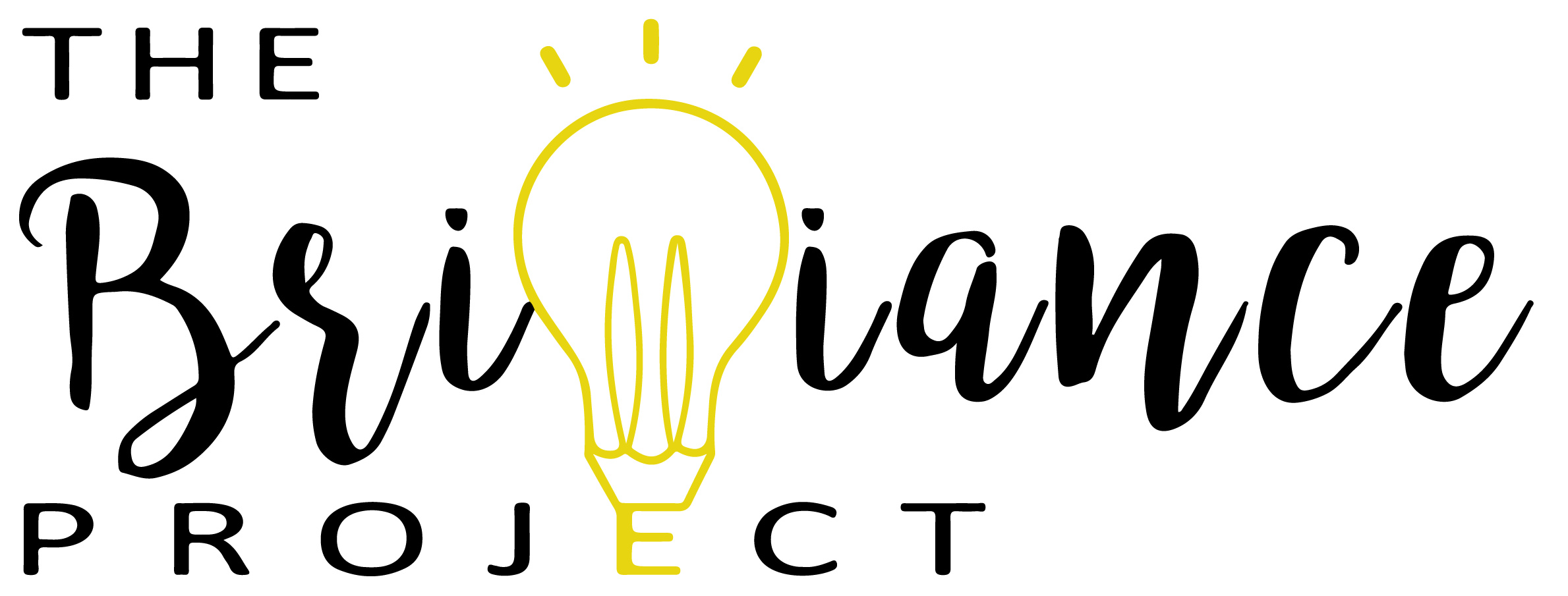There is no shortage of statistics indicating that educators are leaving the field in droves. While the volume can vary depending on the source, it is safe to say we are faced with an entrenched national concern when it comes to educator retention.
8% | 200,000 EDUCATORS | ANNUALLY
We have a very high attrition rate in the United States: 8 percent of teachers leave every year. That’s a couple-hundred-thousand teachers. Less than a third of them are leaving for retirement.
The losses have been so alarming that it has triggered a range of government and academic initiatives dedicated to understanding the root cause. Theories have been circulated to suggest that the attrition is the result of inadequate resources, the lack of trickle-down investment in the field, the perceived low social status of the profession, the deterioration of classroom behavioral standards, and quite simply, the cost to benefit ratio in return for teacher commitment.
There are voices within the field correlate the annual losses of educators to insufficient remuneration. This theory suggests that the lack of a healthy and viable income causes educators to seek greater remuneration opportunities in other employment sectors.
The Brilliance Project supports a federal and state bipartisan review of educator remuneration to ensure that the critical role of the educator is appropriately benchmarked and rewarded. We believe such a review, along with the changes it would presumably bring, is long overdue.
Based on our understanding of educator needs, we strongly advocate for improved educator conditions, such as classroom resources, in the workplace. But is an increase in educator pay going to be the silver bullet to solve the educator retention crisis? We do not believe so. The required solution is far more complex than that.
When we look at the evidence and cultivate space and time to listen to teachers’ voices across our learning communities, we discover a possible attribution for their departure.
A high percentage of the field is experiencing burnout.
Educator
Burnout
What is burnout?
Burnout is a result of long-term occupational stress, particularly among human service workers. Although the reasons and sources may vary, all teachers experience stress in their work (Jennett, Harris, & Mesibov, 20032Jennett, H. K., Harris, S. L., & Mesibov, G.B. (2003). Commitment to philosophy, teacher efficacy, and burnout among teachers of children with autism. Journal of Autism and Developmental Disorders, 33, 584-593. Source). Applied to the field of education, burnout can manifest in response to teaching stresses through the associated emotional exhaustion, depersonalization, and a sense of reduced personal accomplishment (Maslach & Jackson, 19813Maslach, C., & Jackson, S. (1981). The measurement of experienced burnout. Journal of Organizational Behavior, 2(2), 99-113. Source ; Maslach, Jackson, & Leiter, 19964Maslach, C., Jackson, S. E., & Leiter, M. P. (1996). Maslach burnout inventory manual. Palo Alto, Calif. (577 College Ave., Palo Alto 94306: Consulting Psychologists Press.). Source).
When professionals find themselves deep in the grip of burnout, it can feel insurmountable and overwhelming. But it is not, there is always hope. The researchers, Skaalvik and Skaalvik (20075Skaalvik, Einar M., & Skaalvik, Sidsel. (2007). Dimensions of Teacher Self-Efficacy and Relations with Strain Factors, Perceived Collective Teacher Efficacy, and Teacher Burnout. Journal of Educational Psychology, 99(3), 611-625. Source), found a strong correlation between increased teacher self-efficacy and decreased levels of burnout. Further, Brissie, Hoover-Dempsey and Bassler (19886Brissie, J., Hoover-Dempsey, K., & Bassler, O. (1988). Individual, Situational Contributors to Teacher Burnout. The Journal of Educational Research, 82(2), 106-112. Source) found that teacher self-efficacy predicts teachers’ level of burnout.
What is teacher self-efficacy?
Teacher self-efficacy is a teachers’ beliefs in their own ability to plan, organize, and successfully execute the behaviors and activities that are required to attain given goals (Bandura, 19977Bandura, A. (1997). Self-efficacy : The exercise of control. New York: W.H. Freeman. Source).
Beliefs are the best predictor of success and are an essential factor in determining how teachers are able to overcome the professional challenges that they encounter each day. As one of the foundational researchers on self-efficacy, Albert Bandura (19978Bandura, A. (1997). Self-efficacy : The exercise of control. New York: W.H. Freeman. Source) noted, “How people behave can often be better predicted by the beliefs they hold about their capabilities, self-efficacy beliefs than by what they are actually capable of accomplishing, for these self-perceptions help determine what individuals do with the knowledge and skills they have.”
Beliefs are the best predictor of success and are an essential factor in determining how teachers are able to overcome the professional challenges that they encounter each day.
In our experience, we are yet to meet an educator who went into this field thinking they would make an executive salary after their first three years. Instead, every educator went into the profession believing that they would make a short and long term impact on their students. While educators don’t expect generous pay raises, they do hold out hope that their actions will matter, that they will yield results and empower their learners.
Upon receiving certification, the self-efficacy beliefs of new educators are initially high. Graduates go into the field with a conviction that there is no problem they can’t solve and no child they can’t teach. This high self-belief carries them through initial challenges, it helps them problem-solve within a rich variety of contexts and empowers them to engage in the practices of teaching and learning.
Yet, instead of intentionally cultivating this belief and working with new educators to fuel their efficacy, they are quickly burdened with multiple initiatives. They are assigned to roles where their personal resource and attention is spread thin, they are tasked with getting somewhere frantically and furiously, but they often never ending up anywhere. We know, as educators, because it is exactly what is demanded of ourselves. This is our story, as much as it is theirs.
This perpetual cycle of activity permeates the sense that there is never enough time in the day to accomplish what needs to be completed. Trying to make everything a priority means blurs what is critically important, and at the end of the day, many educators are denied the sentiment of making a difference, of achieving the impact they sought to create. While it’s likely that they gave their best, we have not always designed their professional experience to ensure they achieved their best. As a result, their efficacy beliefs diminish and the conditions for burnout ripen.
Designing experience with self-efficacy
What if the experience was redesigned by empowering educators to unleash their potential and explore what they are capable of achieving? The positive professional outcomes for educators would extend well beyond a decrease in burnout.
For example, an increase in capability can build motivation, innovation, risk taking, willingness to embrace and persist through challenges, solid judgment, improved teacher effectiveness, increased student achievement, dynamism, and boosting the well-being of all stakeholders which generates environments where people feel good about themselves. To name but a few.
If there is a high correlation between burnout and performance related variables such as the intent of quitting a job, turnover, absenteeism, job satisfaction (Maslach et al., 20019Maslach, C., Schaufeli, W., & Leiter, M. (2001). JOB BURNOUT. Annual Review of Psychology, 52(1), 397-422. Source), then it is imperative for us to chart a course to address the issue. Increasing teacher self-efficacy is critical as we aim to continue to make schools more effective.
The extent to which educators believe that they have personal influence, power, and impact on student learning and that what the teacher does in the classroom, is far more powerful than anything a child comes to school with. This is in direct alignment with the results they achieve (Hattie, 200810Hattie, J. (2008). Visible learning: A synthesis of over 800 meta-analyses relating to achievement. London: New York: Routledge. Source & 201211Hattie, J. (2012). Visible learning for teachers maximizing impact on learning. London; New York: Routledge. Source). This attainment of short-term goals serves as fuel to tackle the next set of obstacles. This leads to mastery experiences and can foster in educators hope and optimism, not to mention contribute to job satisfaction.
With this knowledge, it is essential that all educators own the responsibility of tending to and planning for their own self-efficacy beliefs by beginning to tap into the sources of efficacy deliberately. Achieving this will not only decrease burnout and keep world-class educators in schools, but it will raise the overall morale of a field in need of dynamism and energy.
As Pierre Teilhard de Chardin stated, “It is our duty as human beings to proceed as if limits to our capabilities do not exist.” To this, all educators must apply themselves dutifully, for themselves and ultimately, their students.
It is our duty as human beings to proceed as if limits to our capabilities do not exist.
- 1Westervelt, E. (Host). (2016, September 15). Frustration. Burnout. Attrition. It’s Time To Address The National Teacher Shortage [Radio broadcast episode].Source
- 2Jennett, H. K., Harris, S. L., & Mesibov, G.B. (2003). Commitment to philosophy, teacher efficacy, and burnout among teachers of children with autism. Journal of Autism and Developmental Disorders, 33, 584-593. Source
- 3Maslach, C., & Jackson, S. (1981). The measurement of experienced burnout. Journal of Organizational Behavior, 2(2), 99-113. Source
- 4Maslach, C., Jackson, S. E., & Leiter, M. P. (1996). Maslach burnout inventory manual. Palo Alto, Calif. (577 College Ave., Palo Alto 94306: Consulting Psychologists Press.). Source
- 5Skaalvik, Einar M., & Skaalvik, Sidsel. (2007). Dimensions of Teacher Self-Efficacy and Relations with Strain Factors, Perceived Collective Teacher Efficacy, and Teacher Burnout. Journal of Educational Psychology, 99(3), 611-625. Source
- 6Brissie, J., Hoover-Dempsey, K., & Bassler, O. (1988). Individual, Situational Contributors to Teacher Burnout. The Journal of Educational Research, 82(2), 106-112. Source
- 7Bandura, A. (1997). Self-efficacy : The exercise of control. New York: W.H. Freeman. Source
- 8Bandura, A. (1997). Self-efficacy : The exercise of control. New York: W.H. Freeman. Source
- 9Maslach, C., Schaufeli, W., & Leiter, M. (2001). JOB BURNOUT. Annual Review of Psychology, 52(1), 397-422. Source
- 10Hattie, J. (2008). Visible learning: A synthesis of over 800 meta-analyses relating to achievement. London: New York: Routledge. Source
- 11Hattie, J. (2012). Visible learning for teachers maximizing impact on learning. London; New York: Routledge. Source
- 1Westervelt, E. (Host). (2016, September 15). Frustration. Burnout. Attrition. It’s Time To Address The National Teacher Shortage [Radio broadcast episode].Source
- 2Jennett, H. K., Harris, S. L., & Mesibov, G.B. (2003). Commitment to philosophy, teacher efficacy, and burnout among teachers of children with autism. Journal of Autism and Developmental Disorders, 33, 584-593. Source
- 3Maslach, C., & Jackson, S. (1981). The measurement of experienced burnout. Journal of Organizational Behavior, 2(2), 99-113. Source
- 4Maslach, C., Jackson, S. E., & Leiter, M. P. (1996). Maslach burnout inventory manual. Palo Alto, Calif. (577 College Ave., Palo Alto 94306: Consulting Psychologists Press.). Source
- 5Skaalvik, Einar M., & Skaalvik, Sidsel. (2007). Dimensions of Teacher Self-Efficacy and Relations with Strain Factors, Perceived Collective Teacher Efficacy, and Teacher Burnout. Journal of Educational Psychology, 99(3), 611-625. Source
- 6Brissie, J., Hoover-Dempsey, K., & Bassler, O. (1988). Individual, Situational Contributors to Teacher Burnout. The Journal of Educational Research, 82(2), 106-112. Source
- 7Bandura, A. (1997). Self-efficacy : The exercise of control. New York: W.H. Freeman. Source
- 8Bandura, A. (1997). Self-efficacy : The exercise of control. New York: W.H. Freeman. Source
- 9Maslach, C., Schaufeli, W., & Leiter, M. (2001). JOB BURNOUT. Annual Review of Psychology, 52(1), 397-422. Source
- 10Hattie, J. (2008). Visible learning: A synthesis of over 800 meta-analyses relating to achievement. London: New York: Routledge. Source
- 11Hattie, J. (2012). Visible learning for teachers maximizing impact on learning. London; New York: Routledge. Source

